Mindblown: a blog about philosophy.
-
Cleft Chin & Genetics
How it works When your chin is forming, the left and right halves of the lower jaw start out as two bones, then join in infancy. But if you have a cleft chin, your jawbone might still have a little gap in the middle. The genetic link So far, researchers have identified 38 genetic markers…
-
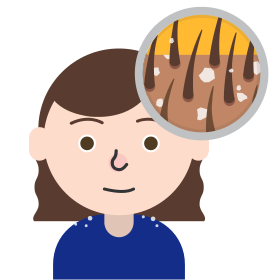
Dandruff & Genetics
How it works Dandruff is a common skin condition characterized by flaking of the skin on the scalp. The genetic link Scientists at 23andMe identified 487 genetic markers that are associated with dandruff. In addition to genetics, other factors like age, sex, and ancestry can also influence your chances of getting dandruff. For example, among…
-
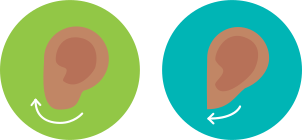
Earlobe Type & Genetics
How it works Scientists don’t know why people have earlobes, but that hasn’t stopped them from trying to understand which factors impact earlobe shape. The genetic link Hopefully everything you learned in science class didn’t go in one ear and out the other. But when it comes to earlobe type, it might be okay if…
-
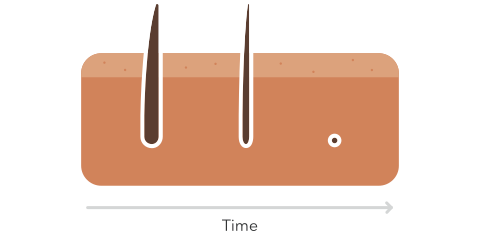
Early Hair Loss
How early hair loss works We’re born with five million hair follicles, and about 100,000 to 150,000 of them are on the scalp. As we age, our hair follicles typically shrink in size, produce thinner hairs and eventually stop producing hair altogether. The genetic link The timing and rate of hair follicles becoming thinner or…
-
Finger Length Ratio & Genetics
How it works Finger length ratio is the length of your index finger compared to the length of your ring finger. Hormones are thought to influence finger length ratio. Some scientists believe the amount of estrogen and testosterone we’re exposed to in our mothers’ wombs can influence which digit is longer than the other. Higher…
-

Fear of Heights & Genetics
How it works While standing upright, the brain uses visual input from nearby objects to make tiny postural adjustments that help maintain balance. However, when standing at a high elevation relative to their surroundings – like at the edge of a tall building – most people feel somewhat off balance. This is because visual input…
-
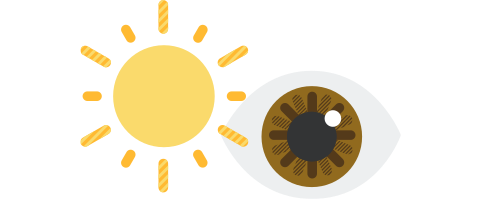
Eye Color & Genetics
How it works We get our eye color from a type of pigment called melanin. Melanin also determines the color of our skin and hair. People who have a lot of a black- or brown-colored type of melanin called eumelanin in the front layers of the iris will probably have darker eyes. Eumelanin is good…
-
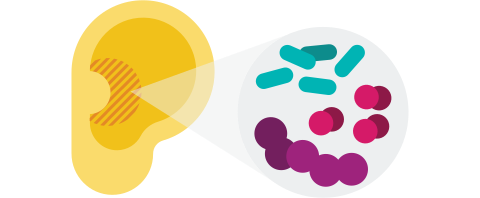
Earwax Type & Genetics
How it works So, what is earwax, anyway? It has nothing to do with candles or the stuff that bees make. Human earwax is a fatty substance produced by glands that are found deep within the ear canal. The genetic link You can thank your ABCC11 gene for your earwax type. This gene contains instructions…
-
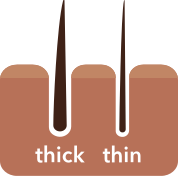
Hair Thickness & Genetics
How it works Hair follicles come in different shapes and sizes, affecting hair texture and width. Some people have wider follicles-and therefore, thicker hair strands-than other people. Genetics influence hair thickness, but other factors like hormones and age are important factors, too. The genetic link Scientists think many genes contribute to hair thickness. Research indicates…
-

Hair Texture & Genetics
How it works While scientists are still researching the many genes that determine hair texture, they believe the shape of our hair follicles creates the texture of our tresses. The curvier the follicle, the curlier the strand. The genetic link 23andMe researchers have identified 75 places in our DNA—also called genetic variants- that influence hair…
Got any book recommendations?